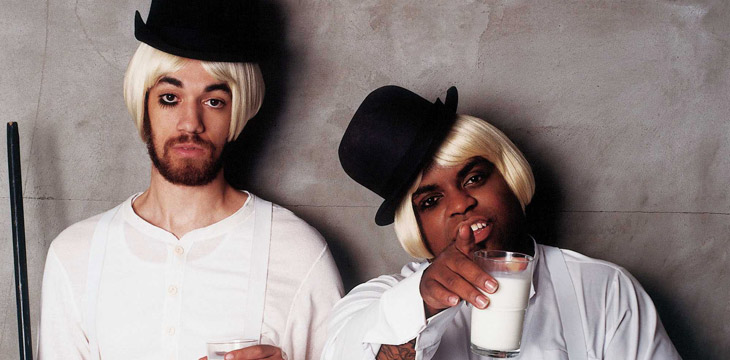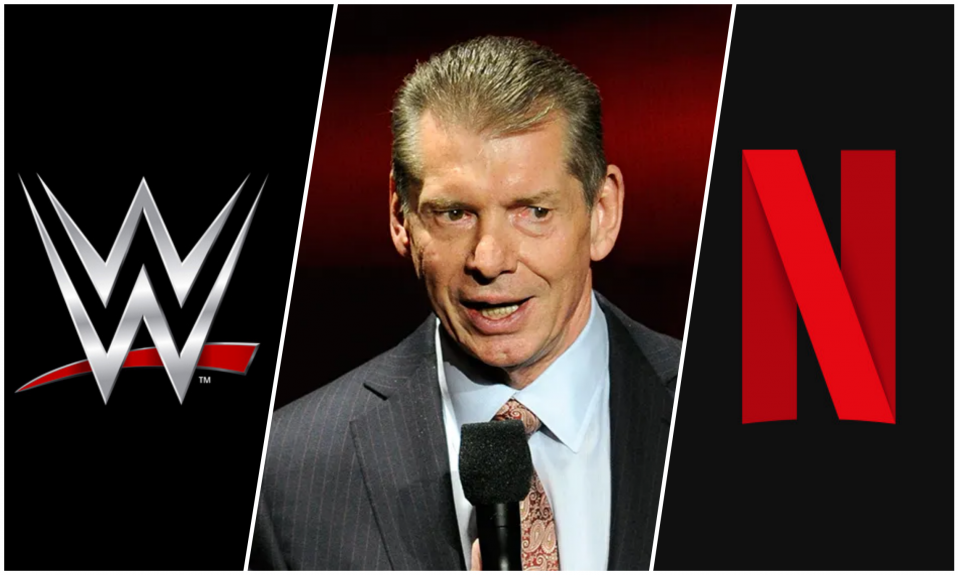Last week news broke that the Andy Serkis directed Mowgli was acquired by Netflix and won’t see a large scale theatrical release and will be on the streaming platform in 2019 (not later this year as originally intended). This decision marks two important changes in the film industry: major film companies becoming more risk-averse with theatrical releases, and the ability for streaming services to now take on would-be “blockbuster” film releases.
Earlier this year Sci-Fi horror Annihilation suffered a similar fate, going directly to Netflix for its international release. And with 11 million viewers in its opening 3 days the Netflix original Bright, starring Will Smith, was a glimpse into what a big budget feature film can do while still being premiered on a streaming service. So, how does the rise in straight to Video-On-Demand platforms change how we should view the film charts? When can a VOD movie be considered a commercial success? And what does this mean for the film industry?
Where do they stand?
The basic cinema experience hasn’t changed in the last 100 years. Major film companies like Warner Bros & Paramount Pictures have primarily worked on the basis of a theatrical release of a film. This has meant we’ve had a fairly consistent measure of what the current popular films are as a measure of revenue generated at a cinema’s Box Office on any given week. For the UK cinema Box Office, this information has been collated by analytics company ComScore since 1991. Cinema admissions in the UK have remained fairly stagnant over the last 10 years, with most annual admissions in this timeframe being between 165 million – 170 million. Therefore the growth in domestic ticket revenue has been driven by higher ticket prices and premium cinematic formats such as IMAX & 3D cinema.
On the other hand, by the start of 2018 over 11 million households in the UK held a subscription to Netflix, Amazon or NOW TV, up 25% from the same period the year before. This represents just over 40% of UK households signing up for a Subscription Video-on-Demand service. More notably, streaming revenue is expected to overtake traditional Box Office revenue in the UK by 2020.

Although both industries have their differences, comparisons can be drawn from the music industry. A key watershed moment in the U.K music industry landscape was in 2004 when digital downloads were included in the charts, which saw Gnarls Barkley’s “Crazy” land the number 1 spot from digital downloads alone in 2006. 10 years after the introduction of digital downloads, the UK’s Official Charts Company incorporated streaming data into the charts for the first time in 2014. While the music industry has arguably had a tougher time monetizing its music and avoiding piracy, it has in recent years been more receptive in changing its measures of success to better reflect how people are consuming music. Although the Box Office remains the gold standard for measuring commercial success of a film, the growth of Netflix, Amazon Prime and others will surely begin to question how we measure success within the film industry.
A measure of success
As part of the eligibility criteria for feature-length films, both BAFTA (British Academy of Film & Television Awards) & Oscars require films to have a commercial theatrical release, with films that have had their first exhibition on streaming platforms ineligible for consideration. Smaller, more niche film awards like the Streamys & The Webbys have emerged in an attempt to fill this void. This resistance of the ‘old guard’ to acknowledge new media is nothing new in arts and entertainment. The recent banning of Netflix at the Cannes Film Festival is further proof of this. Despite opposition, The Venice Film Festival is bucking the trend and will screen 6 Netflix films this year. Whilst it’s a risky move for the festival, ultimately it is one that would see it on the right side of history in years to come.
In a world shifting towards Netflix & Amazon, great talents within the filmmaking industry are still not properly being acknowledged for their work on those platforms. A large part of this issue is what our measure of a successful film is in this day and age, an intermediate solution might a secondary industry-recognised film chart based on streaming. Or maybe we should look into adopting a version of the music industry model?
In the immediate future expect the Box Office chart based on cinematic ticket sales to remain. However, in an industry where money talks this discussion will continue, particularly as the revenue and influence of subscription streaming platforms continue to grow. If the music industry has successfully amalgamated digital, streaming and physical retail sales into a chart to accurately reflect the most commercially successful films of the moment, surely the movie industry can too?













